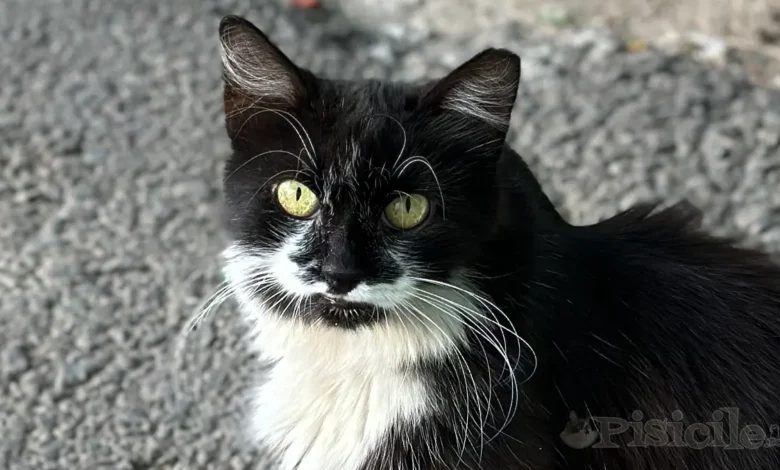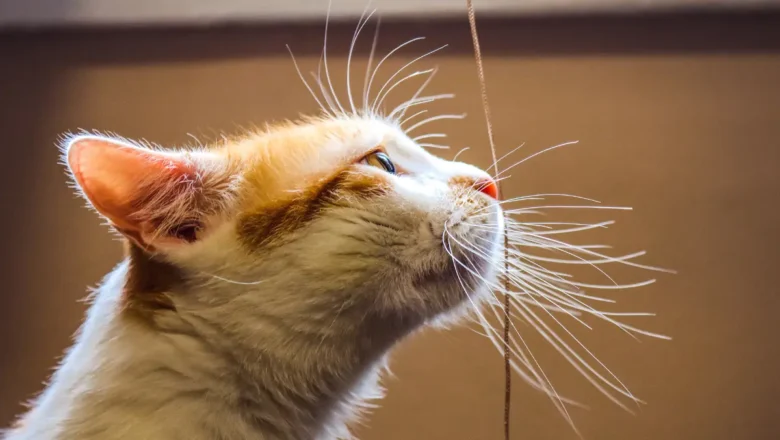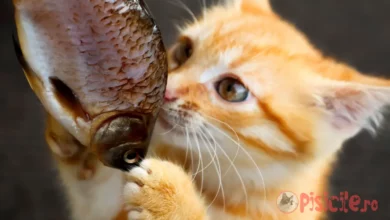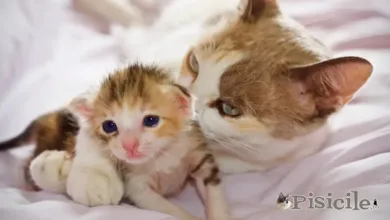
Also known as whiskers, the cat's whiskers play a very important role in the life of cats. Besides the aesthetic part, which often amuses us and defines the cat, whiskers are more than decorative hairs. By the way, even children, when drawing a cat, emphasize the whiskers, illustrating them on both sides of the muzzle. Although they are so representative, many people do not really know the importance of these special yarns. In reality, whiskers play a vital role in cats' lives, and without them, these felines would not be the same.
Whiskers are tactile sensors that help the cat detect objects and obstacles, determine spaces, and detect air movement, helping the cat sense the presence of prey or other animals even when it cannot see them.
Subject
Cat's whiskers. Tools for orientation and senses.
Communicating cat emotions
Cats typically have 24 whiskers, 12 on each side of the muzzle. Just as the tail, eyes or ears give clues about their emotional state, whiskers can also reveal the mood of felines. When the cat is relaxed and content, the whiskers are oriented in a neutral position. Conversely, if she is scared or angry, they will rise and harden, signaling a state of alertness. During the hunt or when it is highly focused, the whiskers are pointed forward, ready to gather as much information as possible about what is happening in front of it.
So, the cat's whiskers can give us information about its condition, if we pay attention to their orientation.
The cat's whiskers are sensors of the environment
One of the reasons people love cats is their impressive agility. Felines are famous for their graceful movements, balance and quick reflexes. But without whiskers, many of these remarkable cat abilities would be compromised.
Each whisker is equipped at its end with a sensitive receptor called a proprioceptor. These receptors transmit essential information through the nerves, helping the cat to detect the smallest changes in its environment. They also help the cat to assess distances to surrounding objects and even learn details about the texture of surfaces. Because of this heightened sensitivity, some cats avoid eating or drinking from bowls that are too narrow, which compress their whiskers. If you notice that your cat is pawing the food out of the bowl, it is an indication that you should give him a larger bowl.

Night orientation
The cat's whiskers also have a particularly important function at night, helping them to orient themselves even in complete darkness. They work as a kind of air current detectors, allowing the cat to move without bumping into the surrounding objects. Proprioceptors in the whiskers also detect the vibrations of nearby prey, facilitating hunting in low light conditions.
Rol protector
Whiskers protect the cat from potentially dangerous situations by helping it assess the dimensions of the spaces it is trying to pass through. For example, when approaching a hole or narrow space, the whiskers will give it accurate information about the width of that place, thus preventing the cat from getting stuck or trapped.
Contributing to balance and agility
In addition to sensory functions, whiskers play a significant role in maintaining the cat's balance and ability to make precise jumps. They help the cat coordinate its movements, giving it information about its position in space and thus facilitating the execution of the acrobatics for which it is famous.
Read also: Do cats lose their whiskers? See what the possible causes are.
Why shouldn't the cat's whiskers be clipped?
Trimming a cat's whiskers can have serious consequences for it. Being highly sensitive and vascular, whiskers are essential for its orientation and senses. The cat may become disoriented and confused, losing its ability to move properly and avoid obstacles. This procedure is not only painful, but also affects his ability to function normally. For stray cats, whiskers are essential in finding food and surviving in the environment.
However, if the mustache is accidentally cut, there is no need to panic. They have the ability to regenerate in a relatively short time, but until then the cat will be more vulnerable.
By definition, the cat's whiskers, also known as vibrissae, are long, stiff, highly sensitive hairs located on the muzzle, eyebrows, and front paws that help the cat orientate in space, detect subtle objects and movements, and to maintain balance.



